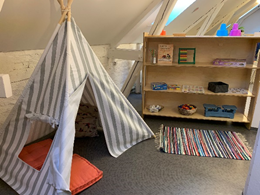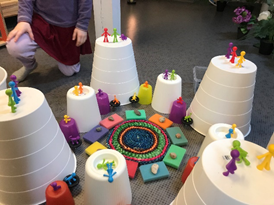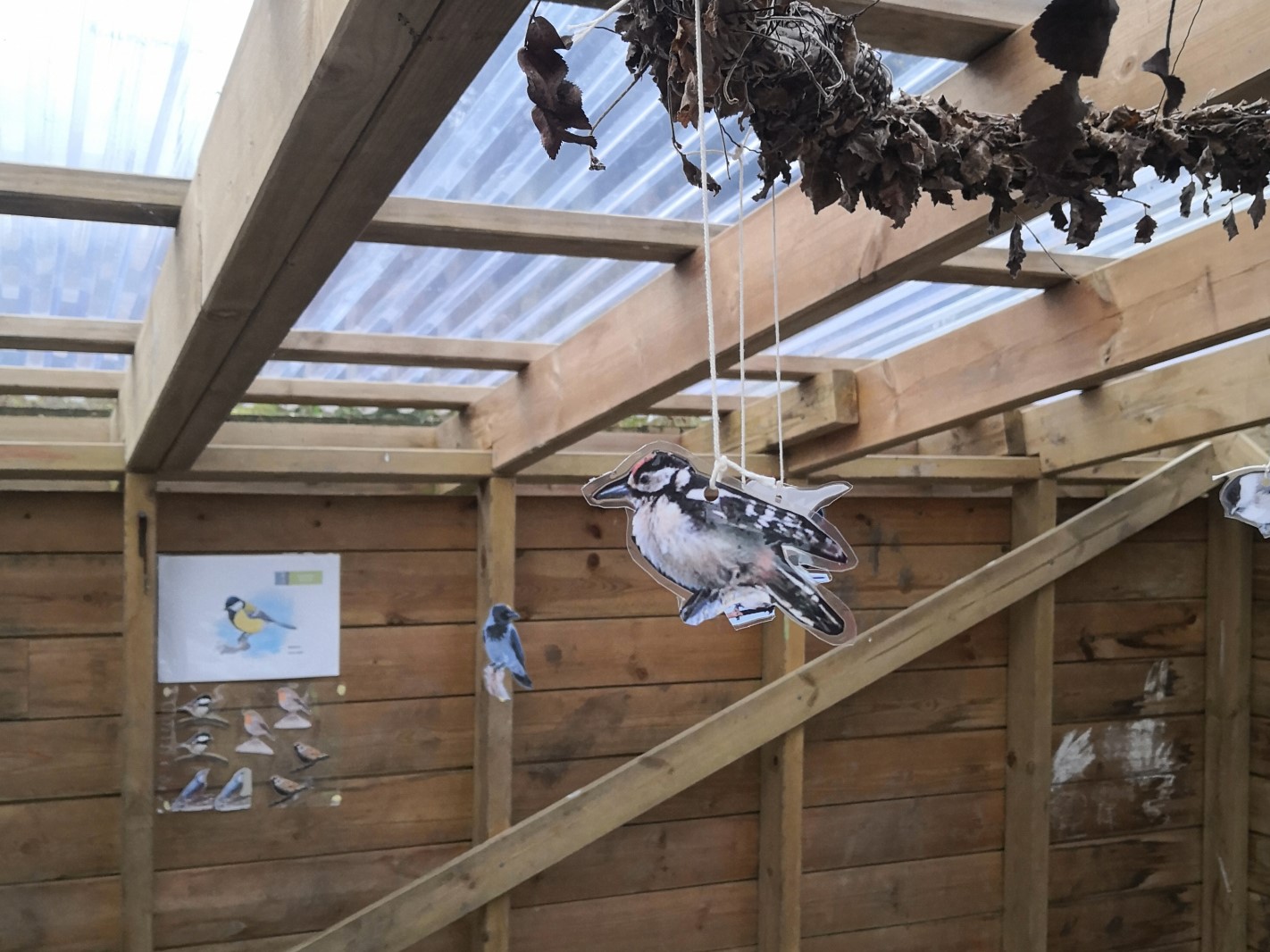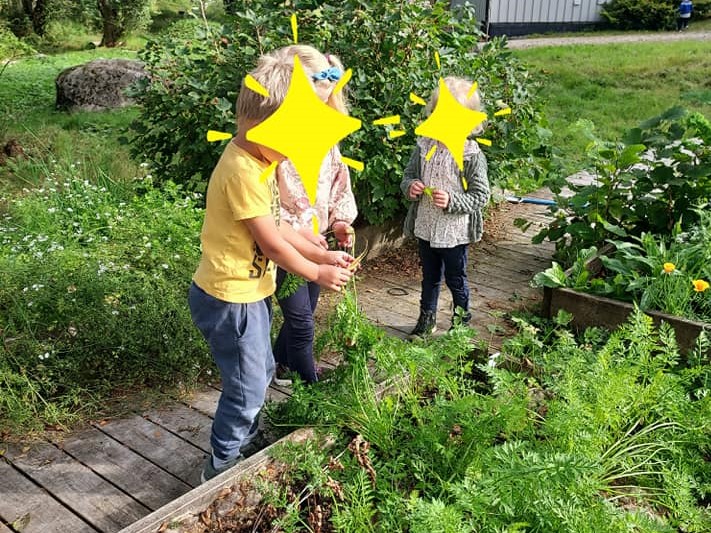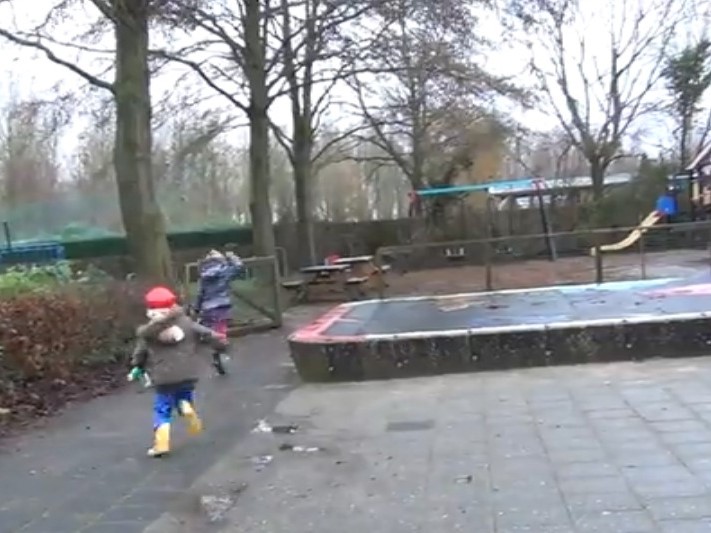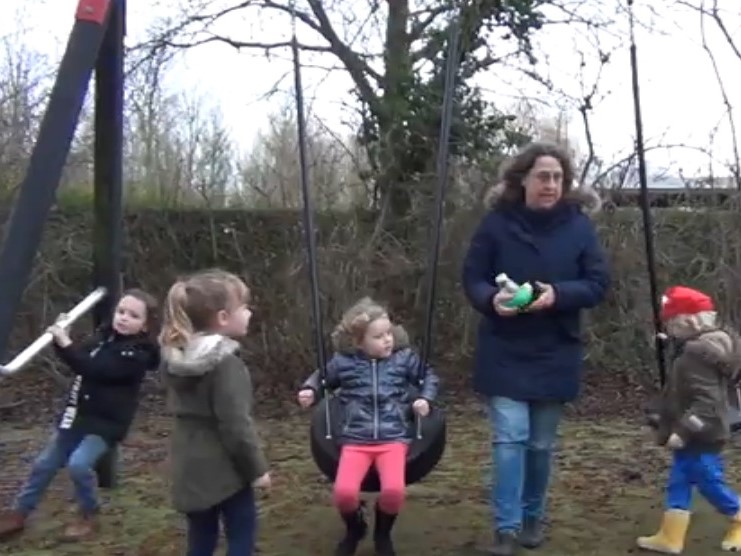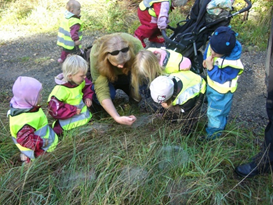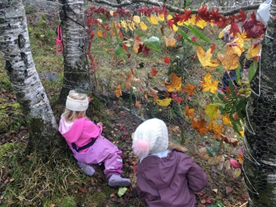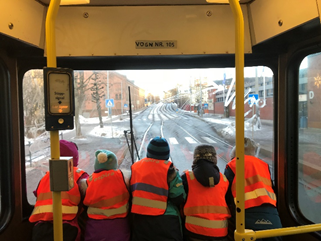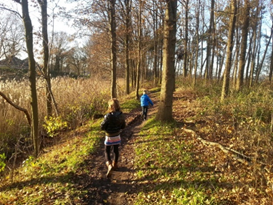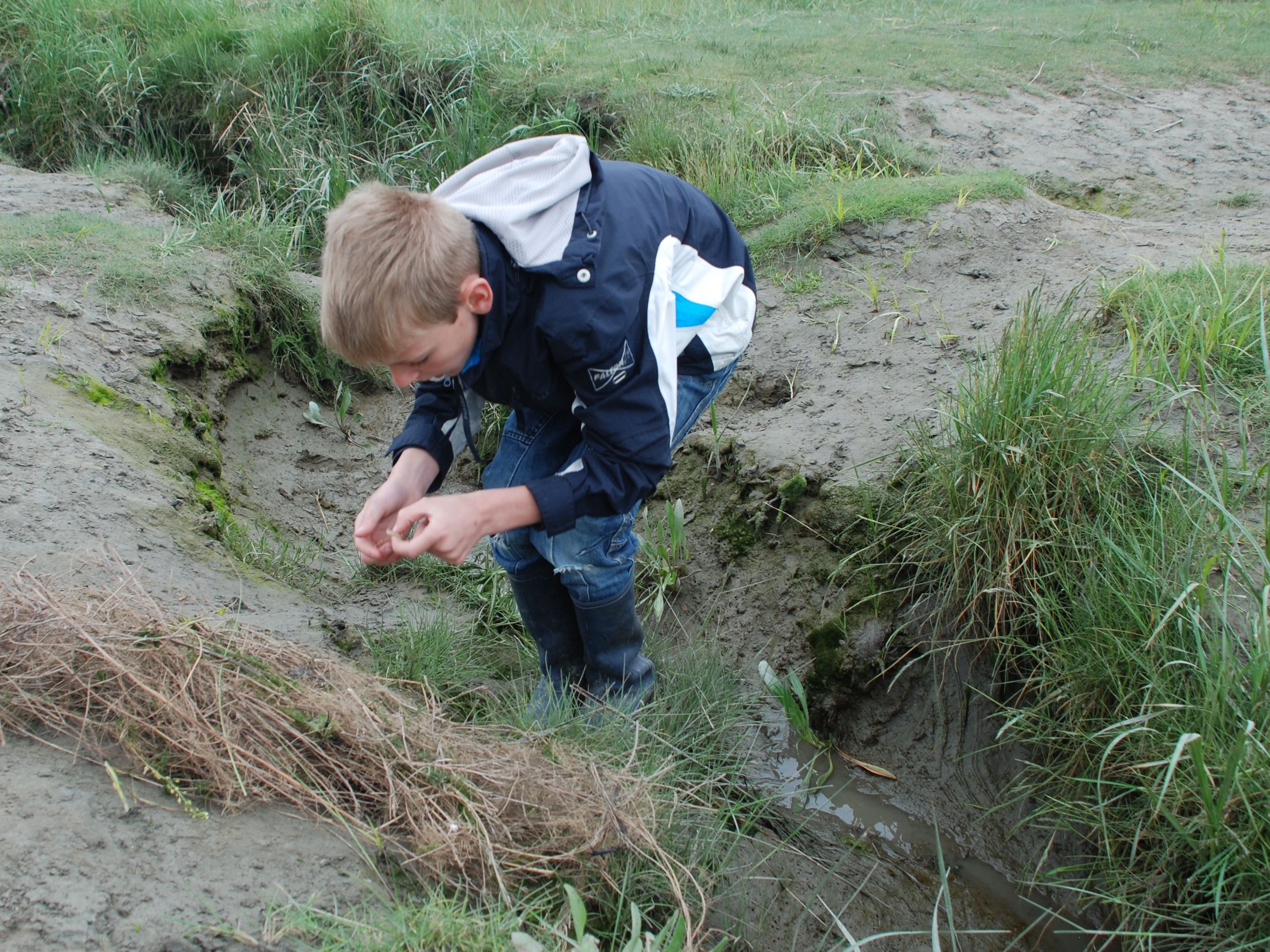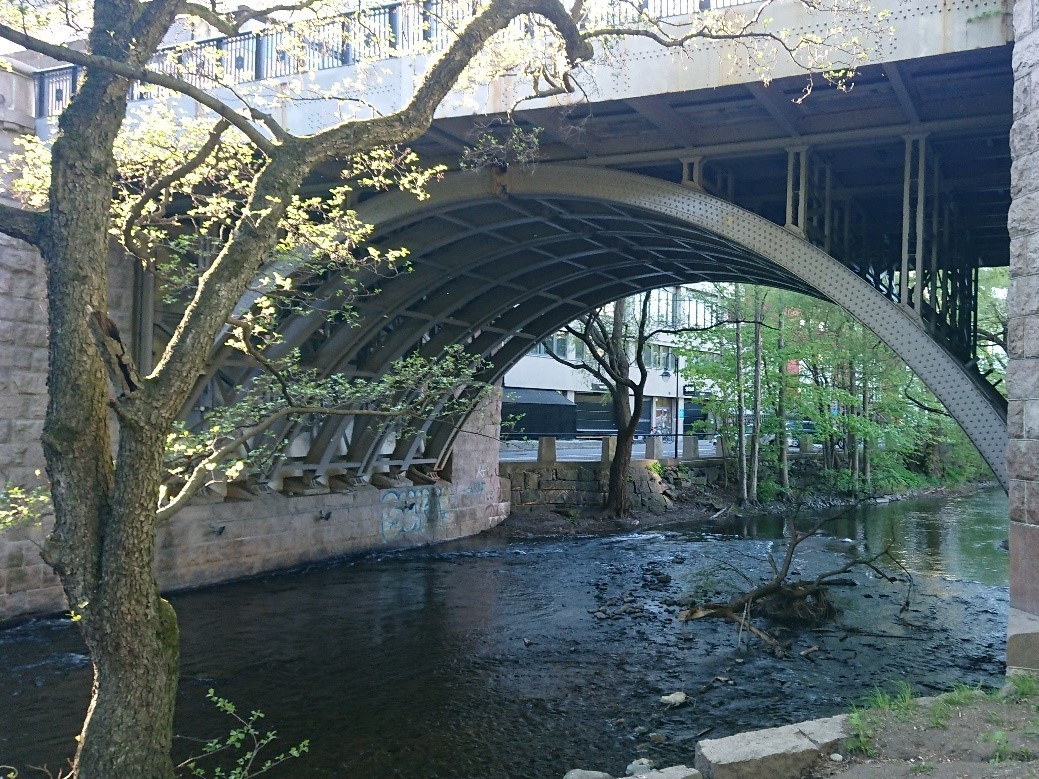Learning environment indoor and outdoor
In order to improve children’s observation, a physical environment plays an important role in stimulating children’s curiosity, wondering and motivation for learning.
An environment can be a landscape, a space or certain materials. Remember that children perceive the environment differently from adults. This has a huge potential for inviting children to interaction and dialogue.
Another way to see environment is affordance. For example, a huge maple tree can be a climbing object, providing autumn-coloured leaves for artwork or seeds for exploration. That means that the environment itself offers opportunities for children to experience and learn. The word affordance, which came from phycologist James J. Gibson and is defined as follows; “The affordances of the environment are what it offers the animal, what it provides or furnishes, either for good or ill” (Gibson, 2015, p. 119). The role of the adult can be to stimulate children to observe the environment and explore its affordances.
We can use the environment as it is, or we can organise and decorate it as we wish. Here are some inspirations for different environments from our project.
You can also read “equipment you need” both for inside and outside use.
Practice task: Discuss what could be identified as affordances in different pictures below.

